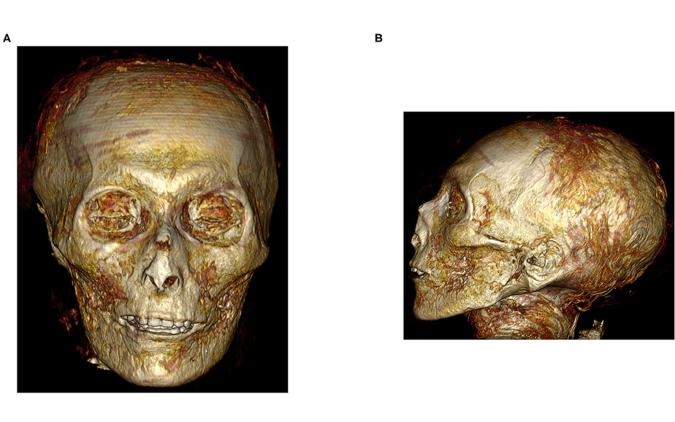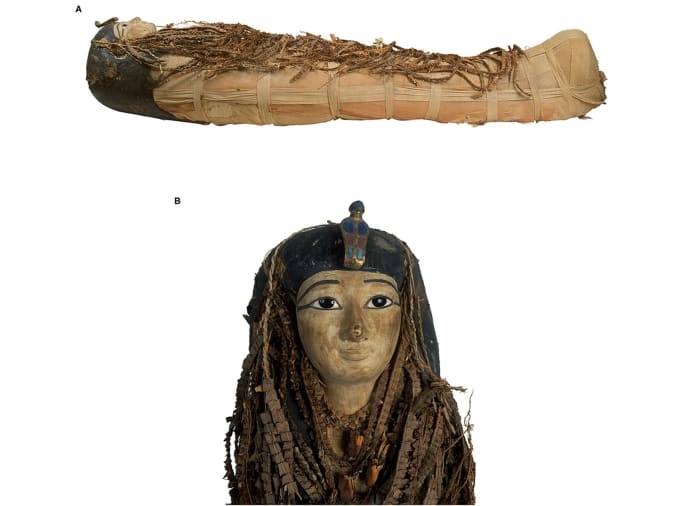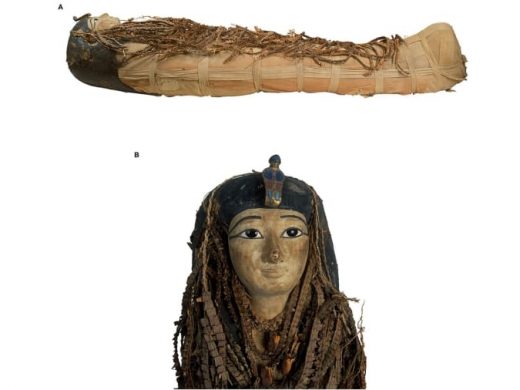Researchers sequenced the genome of one of Pompeii’s ancient inhabitants
Researchers used CT scans to virtually unwrap a pristine mummy
The images helped them learn new details about Egypt’s 18th Dynasty.


In 1881, archaeologists discovered the mummy of Amenhotep I in Deir el-Bahari, a village outside of Egypt’s famous Valley of the Kings. For 140 years, scientists have been unwilling to unwrap the king’s body out of fear they’ll damage his ornate face mask and bandages. But thanks to computer tomography (CT) technology, they don’t have to take that risk anymore. Researchers at Cairo University recently digitally “unwrapped” Amenhotep to learn about his life and dynasty.
The scans revealed he was about 35 years old when he died. “Amenhotep I seems to have physically resembled his father: he had a narrow chin, a small narrow nose, curly hair, and mildly protruding upper teeth,” Dr. Sahar Saleem, the lead author of the study, told PA Media. It’s not clear why he passed away at such a young age. Researchers found no evidence of external wounds or disfigurements that may have contributed to his death.

What they did discover were various post-mortem injuries that were likely inflicted on the body by grave robbers. That damage was “lovingly repaired” by mortuary priests of the 21st Dynasty some 400 years after Amenhotep’s death. They used a resin-treated linen band to reattach the head and neck together. Researchers also found some 30 amulets hidden among Amenhotep’s bandages. The fact they were still there even after his reburial likely disproves the long-held theory that priests of later dynasties would reuse the ornaments in the funeral rites of their pharaohs.
The study provides an insight into one of the most fascinating periods of Egyptian history. Amenhotep I ruled between 1525 and 1504 BCE, during Egypt’s New Kingdom period. He was among the first pharaohs of the 18th dynasty, a lineage that would later include Akhenaten, the controversial “heretic” pharaoh who introduced the kingdom to a monotheistic-like religion centered around the sun. He was also the father of Tutankhamun or King Tut.
The first time archaeologists used a CT scan to examine a mummy was in 1977. As the technology has matured and become more accessible, it has allowed researchers to study mummies in ways they couldn’t before. In 2017, for instance, Chicago’s Field Museum was able to dive into its collection, one of the most extensive in the US, with the help of portable CT scanners.
(11)


